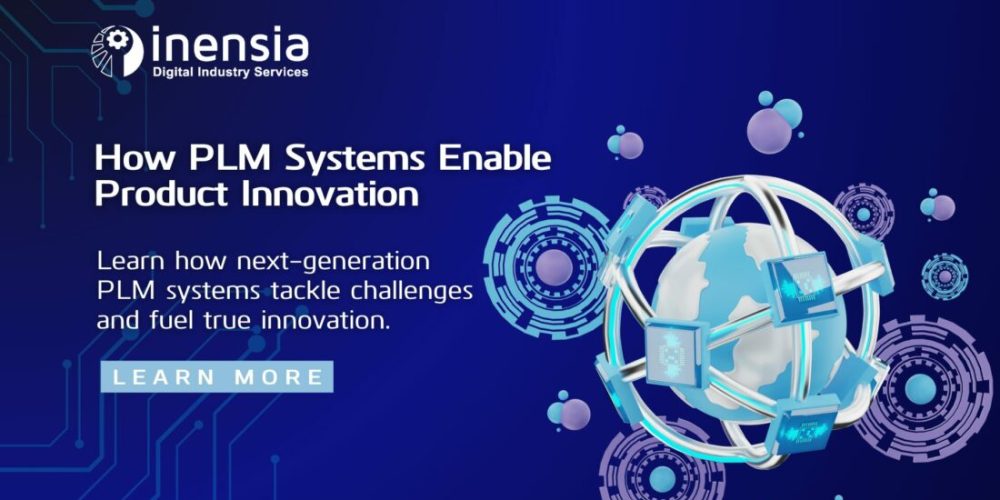Digital transformation is revolutionizing industries, but the increasing complexity of products creates new challenges and concerns. Modern devices, like gearboxes or washing machines, are no longer purely mechanical – they now incorporate software, electronics, and sensors. Innovation can no longer be achieved by designing a product as a standalone unit or even as a collection of independently developed components. Instead, products must be conceptualized as architectures, systems, or even “systems of systems,” necessitating a coordinated approach across various company departments.
When Product Lifecycle Management (PLM) systems were first introduced over 30 years ago, they aimed to address this need by fostering and accelerating product innovation. However, they have largely fallen short of expectations: they are often too expensive and time-consuming to implement, lack scalability, and fail to effectively integrate the various disciplines involved in a product’s life cycle – starting from design and manufacturing to marketing, after-sales service, and collaboration with suppliers and subcontractors.
Collaboration Paves the Way to Innovation
A new wave of PLM solutions aims to overcome these challenges by offering tools to create a genuine Product Innovation Platform. Such a platform enables the agility that modern companies demand – promoting openness, sharing, integration, and continuous reconfiguration. This platform is designed to unite all business applications used by various teams involved in the product innovation process throughout its lifecycle, ensuring overall consistency and traceability of all generated information.
In this platform model, PLM is no longer a fragmented collection of interfaced business applications but is instead conceived as an integrated system from the very beginning of the process. This integration facilitates effective collaboration between different business functions. For instance, requirements from after-sales services regarding maintainability can be incorporated as early as the product design phase. The platform’s digital continuity also allows for tracking the entire history of a product, enabling the assessment of the impact of any modifications, whether they originate from manufacturing, marketing, or maintenance teams. Additionally, the Product Innovation Platform can leverage data collected from the product during its usage, thanks to the Internet of Things (IoT). Comparing this data with design specifications and manufacturing history offers valuable insights for product improvement and innovation.
A critical factor in the adoption of a Product Innovation Platform is its appeal to users, which goes beyond just having an intuitive user interface. The platform must provide tangible value to users by offering relevant data that enhances their specific activities. The more effectively the platform connects various information sources, the more attractive it becomes, potentially creating a “snowball” effect that drives further adoption. This capability depends on the platform’s ability to manage evolving information models and maintain efficient synchronization with third-party applications.
Last, but not least, implementing a Product Innovation Platform also requires a cultural shift within the organization. Teams must move away from working independently and instead collaborate to continuously develop and refine products throughout their lifecycle.
But that’s easier said than done. Unless you are relying on an experienced consultant like Inensia.
With extensive expertise in Product Lifecycle Management, our team will transform the way you design, develop, and manage your products.
Book a call, and let’s get started.

